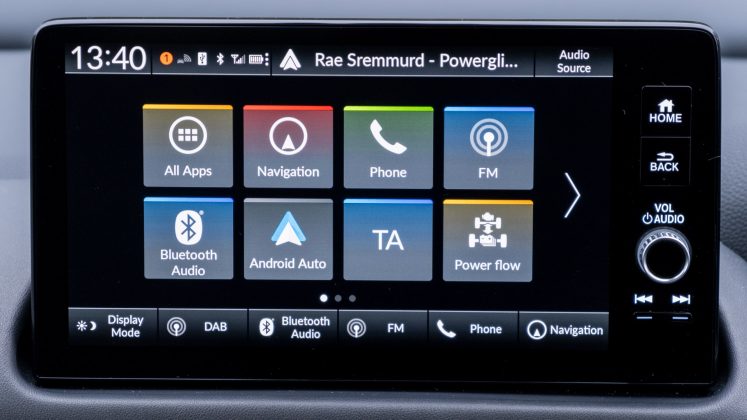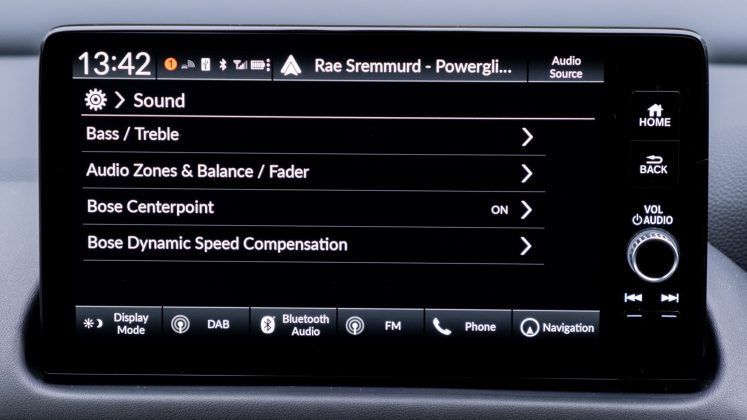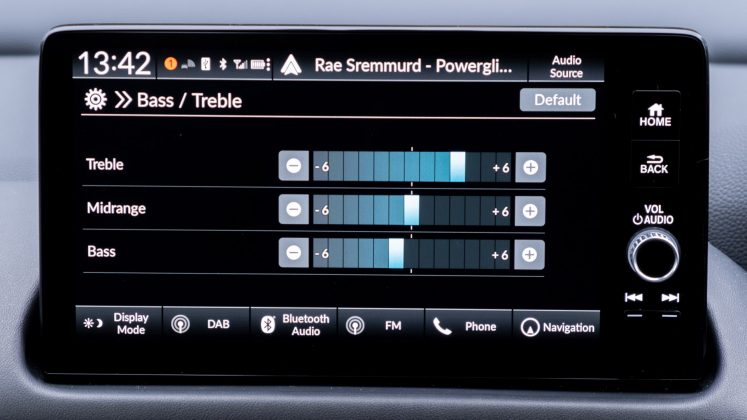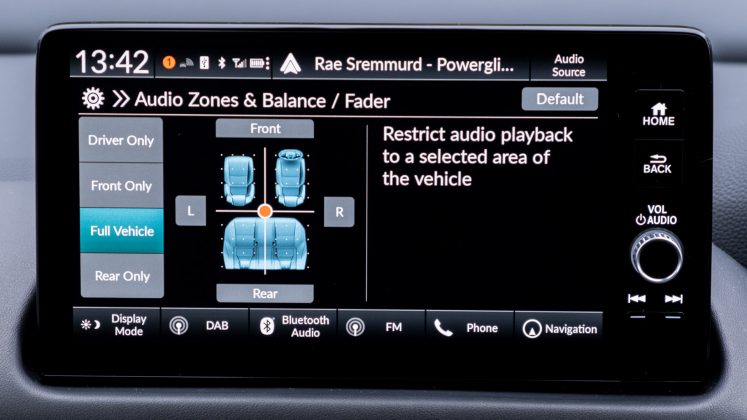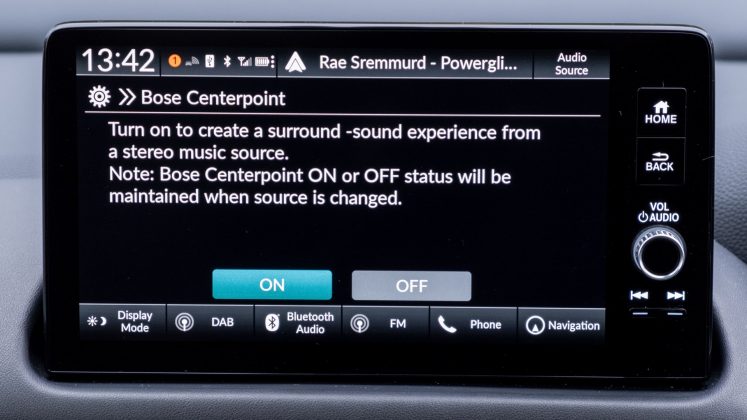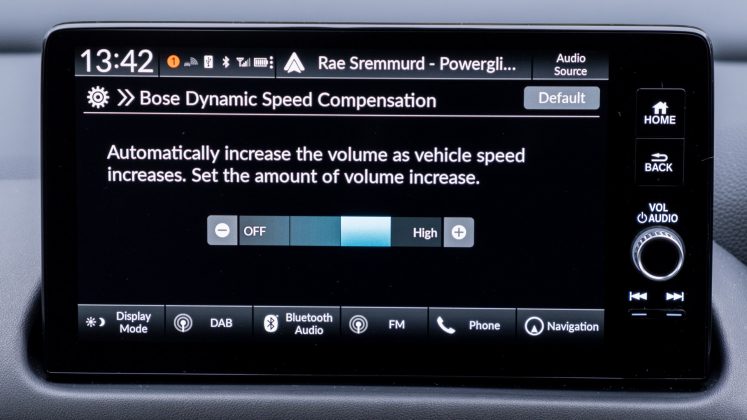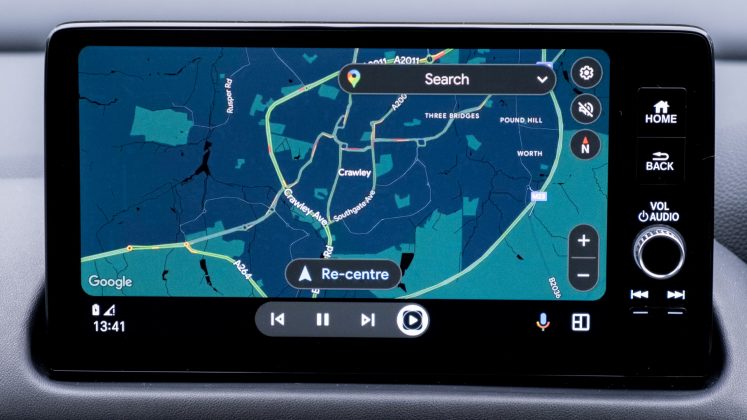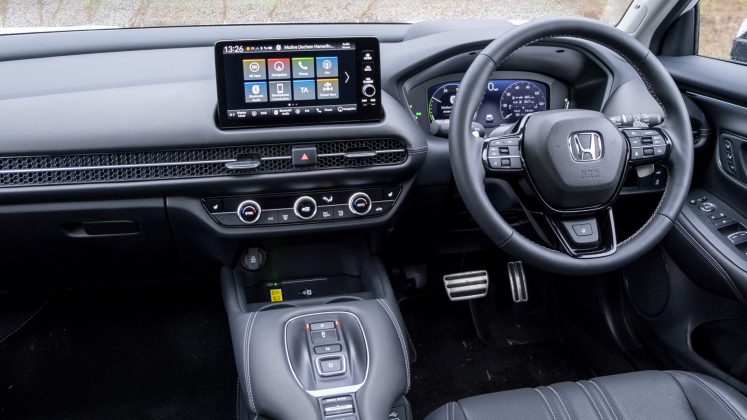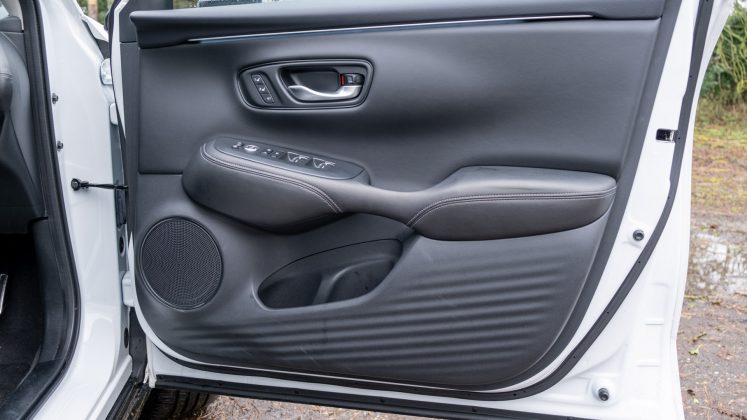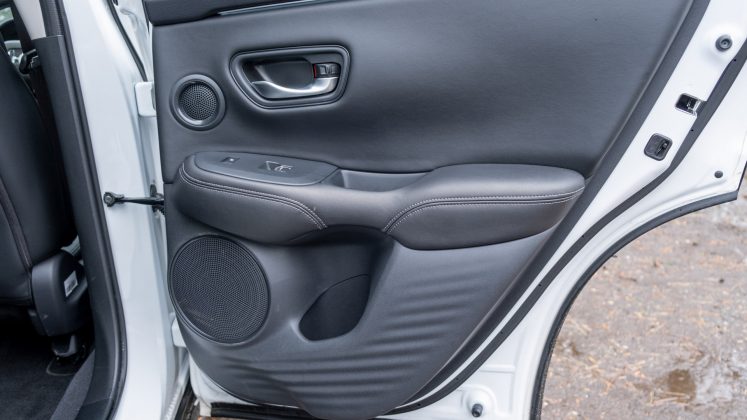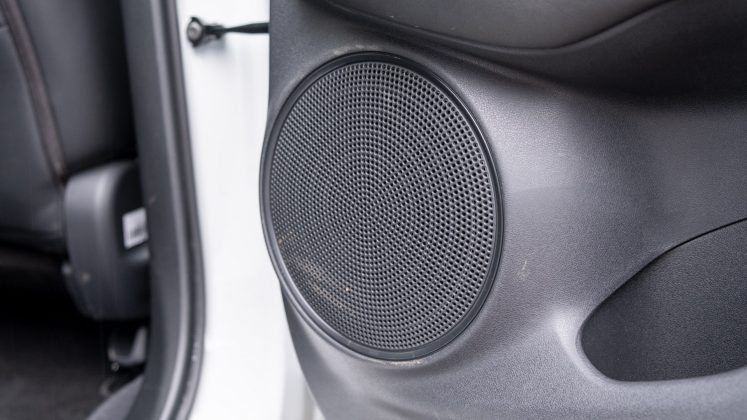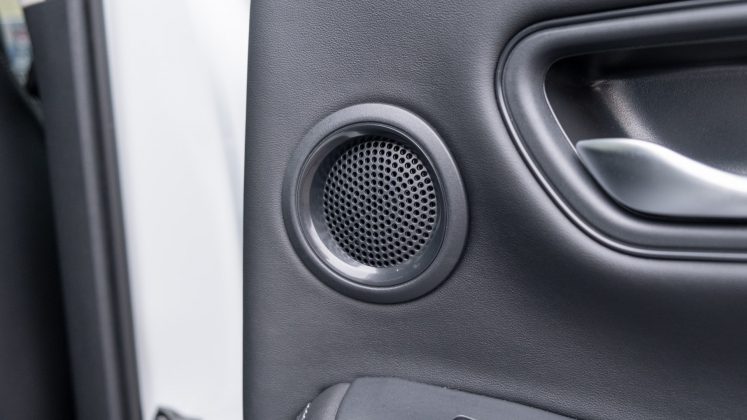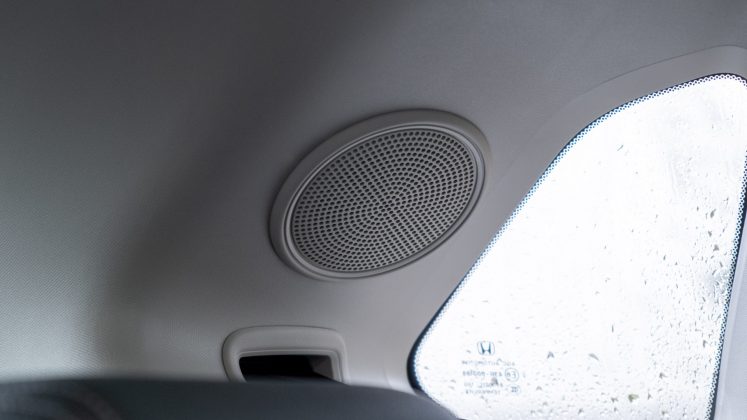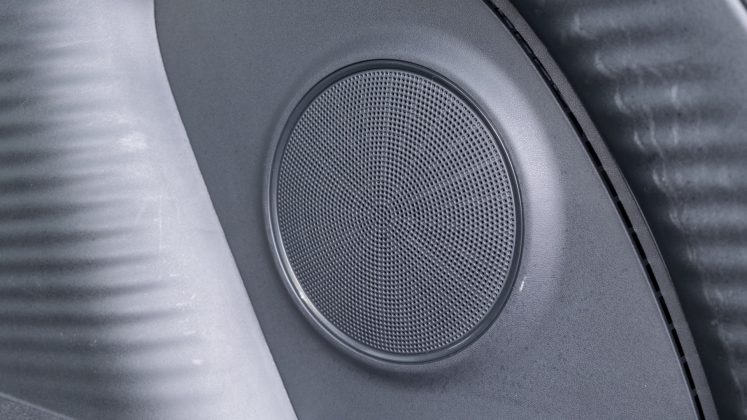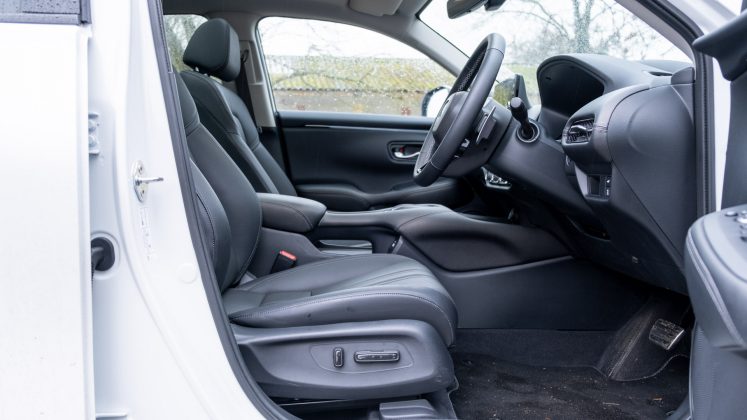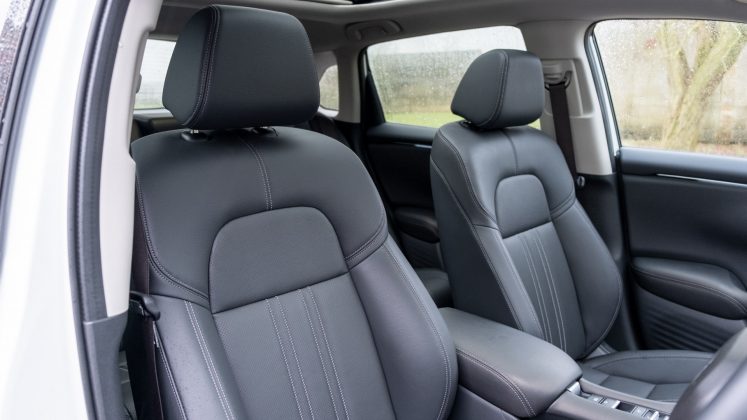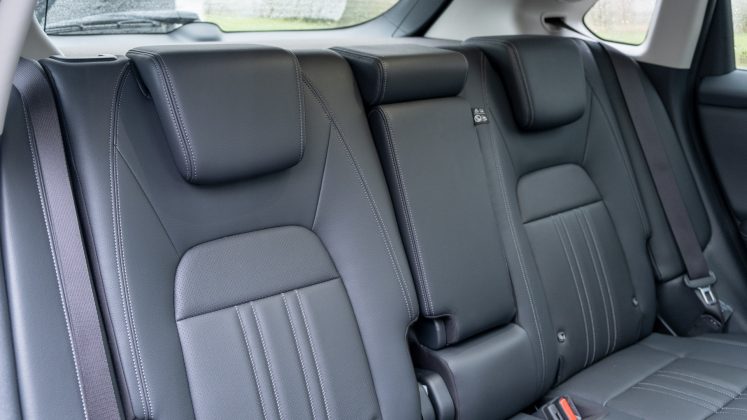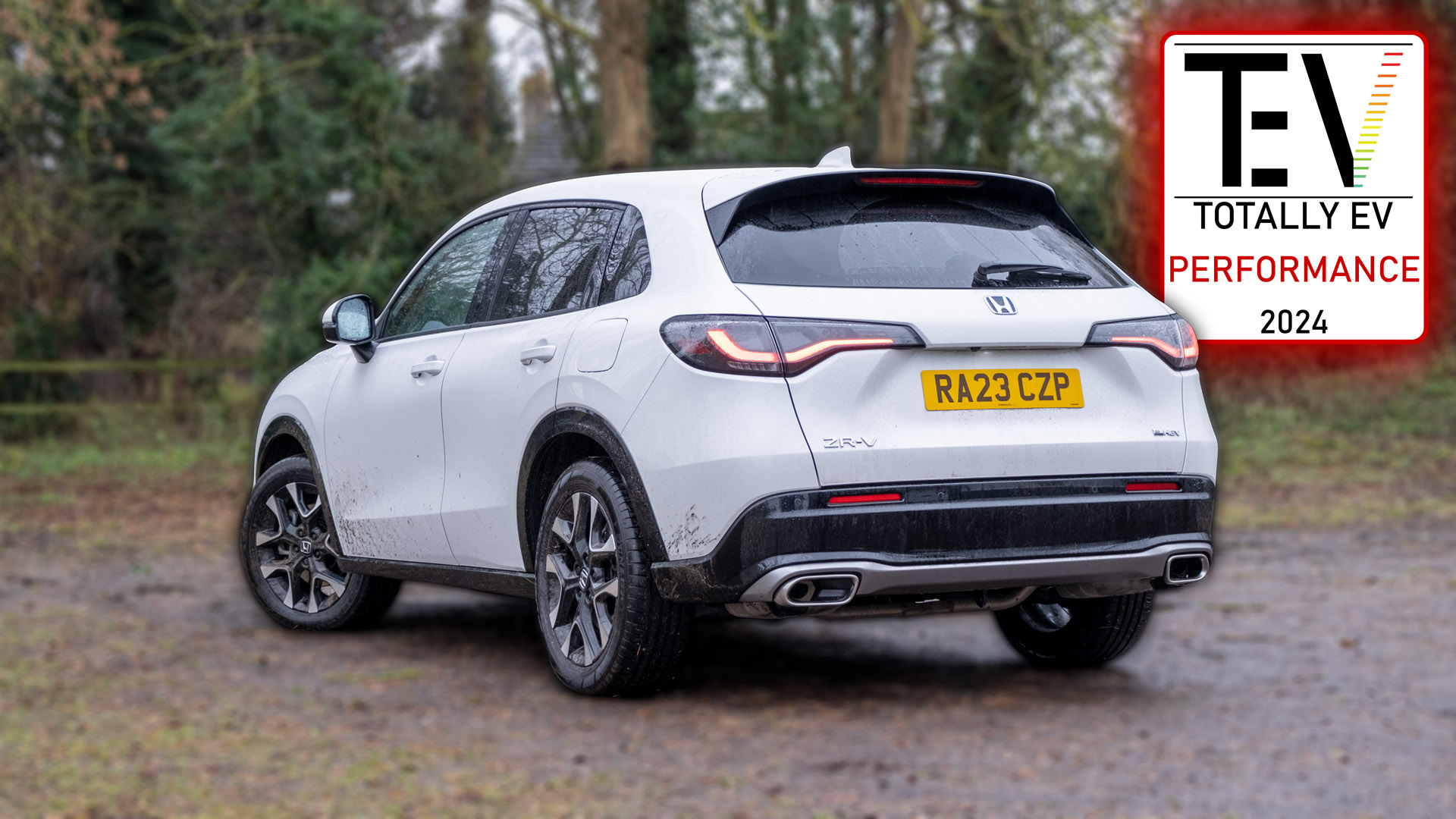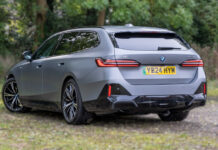The Honda ZR-V sits between the larger CR-V and the smaller HR-V. We found it to be a competent all-rounder but it lacked the efficiency of its rivals and failed to provide a unique selling point over Honda’s other SUVs.
In terms of its audio configuration, the ZR-V houses an eight-speaker system in the Elegance and Sport trims, while the top-spec Advance trim that we have on review features a 12-speaker Bose system.
Click here to read the full Honda ZR-V review
Honda ZR-V audio setup
To tinker with the vehicle’s audio settings, you’ll have to navigate to the appropriate menu on the 9″ infotainment system – here are our optimal settings:
- Treble: +3
- Midrange: +0
- Bass: -1
- Balance & Fader: Centre
- Bose Centerpoint: On
To connect to the vehicle’s system, Apple CarPlay and Android Auto are both supported over a wired connection. The former system is also supported over a wireless connection. At the time of writing, however, Android Auto is only officially supported over a wired connection but can unofficially work without a cable; leading us to believe a future firmware update will open up connectivity options for Android users. Of course, Bluetooth is also an option with the SBC and AAC codecs supported – for the utmost sound quality, we’d always suggest plugging in your smartphone.
Moving onto media controls, they can be accessed through the 9″ display, via the volume and media controls found just beside the screen and through physical buttons located on the steering wheel.
Read next: Honda HR-V audio review: Upgrade to the Advance Style trim?
Honda ZR-V audio performance
For a demo of the Honda ZR-V’s audio system head on over to our YouTube channel.
In terms of its audio configuration, the manufacturer hasn’t confirmed any details. However, based on our review of the Honda Civic’s 12-speaker Bose system we can assume the components are near-identical. Therefore, in the Elegance and Sport trims, you’ll find four speakers at the front of the cabin and four at the rear. There’s a 170mm full-range driver within each of the front doors and tweeters within the A-pillars. At the rear, there’s a 130mm full-range driver and a tweeter within each of the doors. The Advance trim adds an 80mm midrange centre speaker within the dashboard, and two identical drivers within the C-pillars. There’s also a sideward-firing subwoofer in the boot.
The inclusion of a subwoofer in the Bose system certainly bolsters the vehicle’s sub-bass response. Indeed, songs that have a pronounced low-end rumble come to life; while, it’s not quite up there with more premium systems that offer an even better lower-end extension, it’s still a much-appreciated inclusion.
As for the mid-bass tones, they’re punchy. In Jack Harlow’s single ‘Lovin On Me’ the bass slams are pronounced and controlled. We found that decreasing the ‘Bass’ EQ by one notch resulted in the best sonic reproduction, as in its default state, the lows are a touch overpowering.
Read next: The best dash cams to mount inside your vehicle
However, the system’s pronounced low-end prowess does affect the mid-range tones, namely the lower mids, which sound pushed back and recessed. You might be tempted to ramp up the midrange EQ through the infotainment system, but doing so will affect accuracy. Still, the speakers dotted around the cabin do a competent job of reproducing a lively upper-mid-range response, which will provide most consumers with enough engagement.
Speaking of which, it’s great that the Japanese automaker has integrated tweeters at the front and rear of the cabin, be it in the stock eight or upgraded 12-speaker setup. This means that everyone within the cabin can enjoy a lively top-end extension. Adding three notches to the Treble EQ brings the most out of the system, adding a bit of extra zing at the top end.
Moving onto its soundstage reproduction, the instrument separation is good, which is especially aided by the addition of those tweeters. The overall width and depth are a little narrow, however, with music sounding a little uni-directional. The ZR-V’s 12-speaker Bose system doesn’t quite compete with some of the alternative upgraded audio systems or aftermarket setups. Nonetheless, the addition of the three midrange drivers – one in the dashboard and one within each of the C-pillars – certainly helps elevate its audio reproduction over the stock eight-speaker setup.
Finally, onto cabin noise, the ZR-V isn’t the most insulated vehicle on the market, as its 2-litre engine can be heard churning at the front of the vehicle, but it still provides decent separation from the exterior environment. Using a sound meter, we recorded 35-36 dBA at a standstill (45-46 dBA with the engine engaged); driving at 20mph, 58-62 dBA; driving at 30-40mph, 64-68 dBA; and at 70mph, 71-74 dBA. Indeed, at lower speeds, it’s no match for the serene driving experience that one can attain in the likes of the Citroen C5 X, but at higher speeds, it’s on par with a lot of its rivals.
Read next: Cupra Formentor audio review: No option to upgrade?
TotallyEV’s verdict on the Honda ZR-V’s audio system
While the Honda ZR-V’s 12-speaker Bose system is in no way perfect nor can it compete with more premium offerings, it’s still an excellent performer across the frequency range. Indeed, the Advance trim provides an upgrade over the Elegance and Sport trims by bolstering the sub-bass and mid-range tones, while also providing a more expansive soundstage. As a result, it receives our Performance award.
Find the best Honda ZR-V deals
Would you opt for the Advance trim for the upgraded audio speaker system alone? Let us know in the comments section below or via social media; we’re on: YouTube, Instagram, Facebook, X and LinkedIn.

